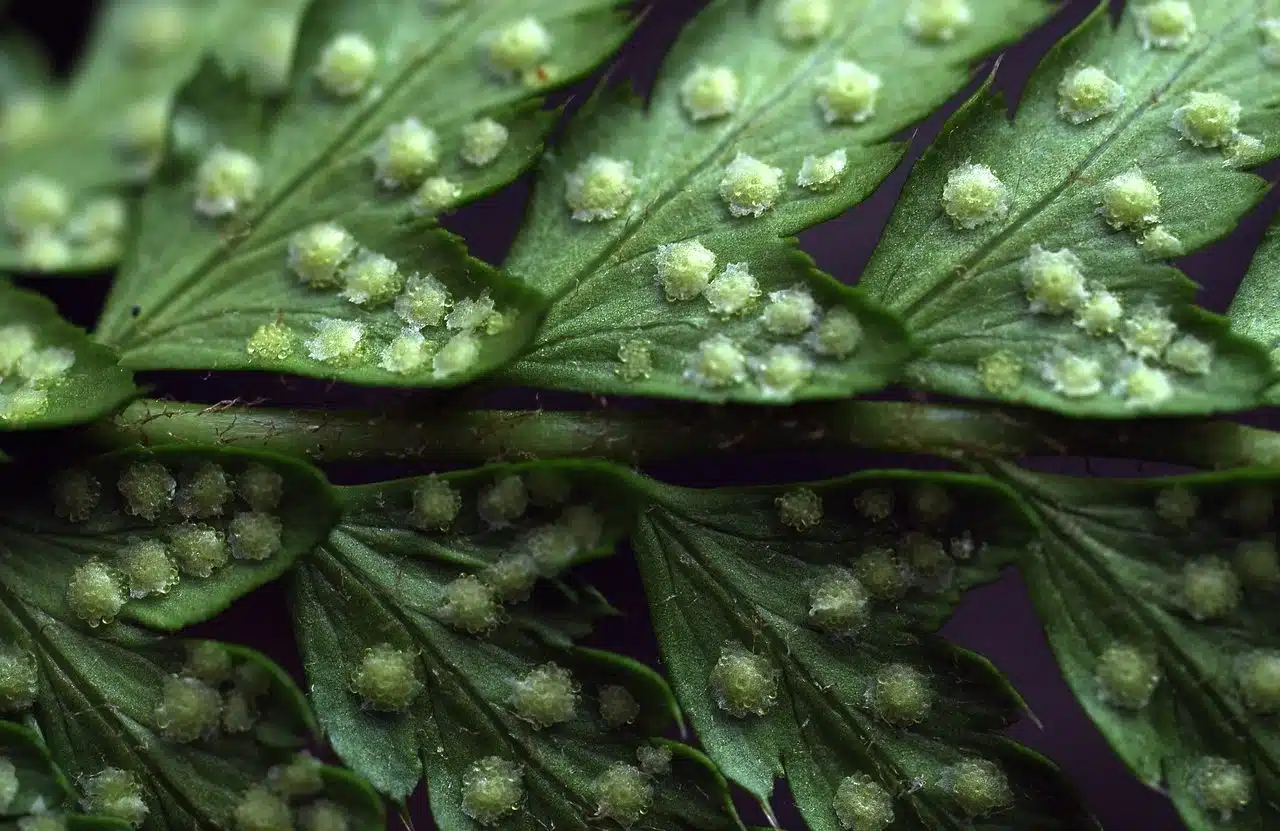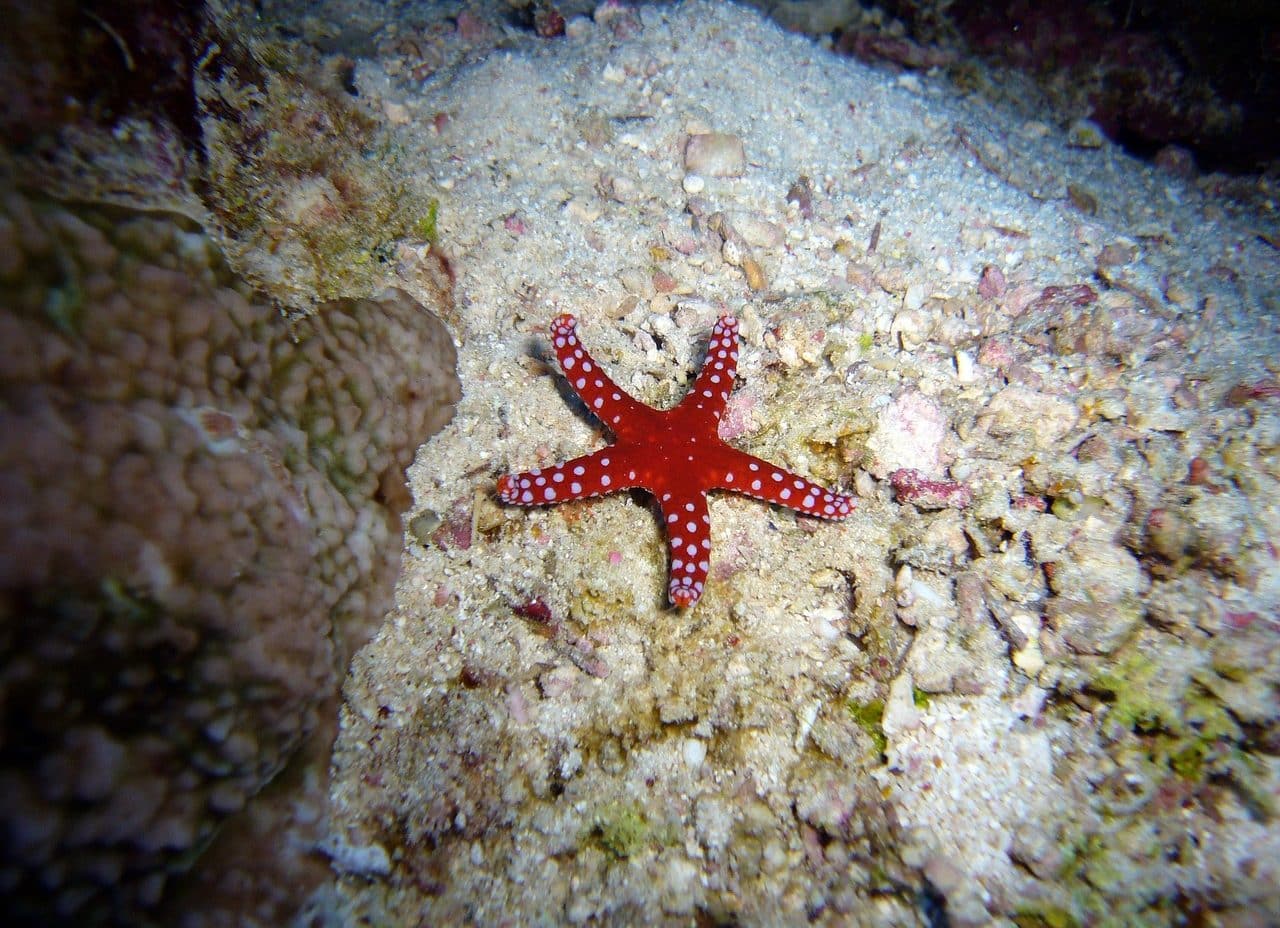
Ferns can multiply by asexual reproduction.
Asexual reproduction is a concept that refers to what happens when a cell or part of its body is detached from an organism that has already reached a certain state of maturity , allowing the production of a new individual through mitosis . This type of reproduction, therefore, does not require the participation of gametes and develops with a single parent.
The idea of reproduction is linked to the process and result of reproducing , a verb with several meanings. In this case, we are interested in focusing on its meaning within the group of living beings: reproducing consists of conceiving a new organism that has the same biological characteristics as its parent.
Asexual reproduction vs. sexual reproduction
Sexual reproduction is known as the conception of a descendant from the genetic combination of two beings that are part of the same species. This is the natural mechanism that animals (including humans ) use to reproduce: it requires a sexual relationship or mating to enable fertilization. Asexual reproduction, on the other hand, is carried out with a single specimen.
It should be noted that asexual reproduction is faster and simpler than sexual reproduction: however, as offspring lack genetic variability, it does not allow natural selection to develop since all individuals are identical.

Starfish are animals that can develop asexual reproduction.
Fragmentation and budding
There are different types of asexual reproduction carried out by animals, microorganisms and plants. In the case of animals , we can mention asexual reproduction processes such as the following:
- Fragmentation : also known as cleavage , it is carried out when an animal is divided into two or more parts, all of which are capable of carrying out the complete reconstruction of an organism . While the process is most commonly carried out before division (called paratomy and is done voluntarily), it sometimes also occurs after cutting (called architomy and usually occurs as a result of an accident).
- Budding : this term derives from the Latin geminus , which can be translated as "twin" , and occurs when an individual develops certain prominences, which grow, develop and give rise to new independent organisms, which have the option of separating their bodies from the body. parent or remain united, so that a colony is formed. This process is an unequal division (it is considered asymmetric mitosis ) and we can find it in yeast, among other unicellular organisms.
Asexual reproduction of plants
Plants , for their part, can resort to processes such as:
- Formation of mitospores : These spores originate through mitosis. This form of asexual reproduction is very common in mosses, fungi , lichens and ferns . Some mitospores move via flagella or cilia; others travel passively by wind, water, or using animals as transportation. This process can originate in a sporogenous organ (on the outside of the plant) or within certain organs known as sporangia .
- Artificial multiplication : in this case, humans play a fundamental role. One of the most common techniques is the use of grafts , stem fragments that can be introduced into a stem or trunk of an individual of the same or another species, and is very often used for the asexual reproduction of ornamental plants and trees. fruit trees.
The case of microorganisms
Microorganisms, on the other hand, develop asexual reproduction procedures such as sporulation , which is also known as sporogenesis and can be carried out through spores or endospores.
The triggering factor for this process can be environmental adversity (lack of light or nutrients, for example), although it also occurs naturally as part of the life cycle.
